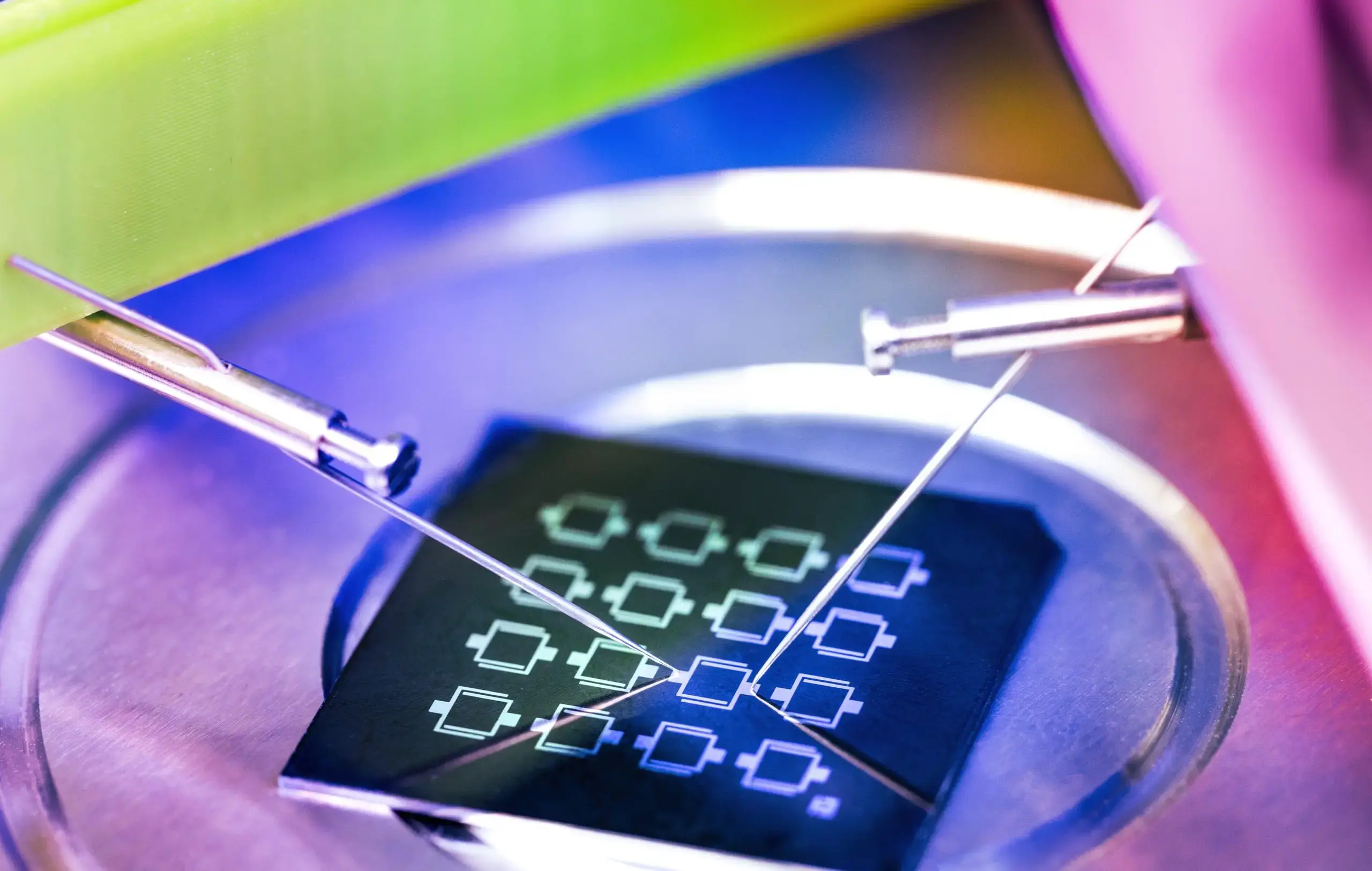Innovative Saliva-Based Glucose Sensor to Revolutionize Diabetes Monitoring::An innovative device could pave the way for more convenient diabetes monitoring. A prototype sensor that measures glucose levels in saliva could eventually offer a simple, rapid, and painless way for people to monitor their diabetes, according to the King Abdullah University of Science & Tech



I’ve had one for about 3 1/2 years and that’s not my experience, unfortunately. Some of the sensors are right on from the start and stay that way… maybe 30% of them. Some are off when they start and take 1-2 days to start reading correctly. In the meantime, it might say I’m 140 when my meters say 110, or 110 when my meters say 140, or at worst, Dexcom says 90 when I am obviously low and I check and it’s 65. Some sensors are just whacked out and unpredictable, like I’ll be hanging at 100 and it shows a quick drop to 90, 75, 65, and I’m uh, what? And check with a meter and it’s 110. The in-between sensors, they might be reading 30 points off for 3 days before I decide to calibrate and find out oh, it’s been telling me 80 when I’m really at 110. So, it’s always worth confirming.
Dexcom’s own instructions say to never do a ‘correction’, meaning insulin or carbs, without double checking with a meter ‘if your symptoms don’t match the reading’. I can’t always tell whether I’m low or high or normal, so that means realistically, it’s good to double-check. I’ve had times where I was correcting at ‘80’ up to 120 repeatedly for days and once I calibrated it, I found out I had really been ‘correcting’ from 110 to 160.
Hey friend. Pay attention to where you’re inserting it, when I roll onto mine in bed, the values drop precipitously because you’re squeezing out and preventing flow of subcutaneous fluids that the dexcom is specifically sensing.
Also of note, the dexcom doesn’t sense your blood sugar directly, the sub-q fluids are a slightly delayed version of your blood glucose. Measurements between the two are almost guaranteed to differ if you’re a living being. (Which I presume you are right? 😋)
Eta: here’s a bit of technical background if you’re curious: https://pubmed.ncbi.nlm.nih.gov/28205324/
deleted by creator
I’m aware of the pressure sensitivity thing causing a false low, and also how sensors have a delay from reading interstitial fluid. I’ve been doing this for 3 1/2 years, as noted. Even with the gibbering of the sensor, I maintain over 95% in range, so I feel like I am fairly attentive and well informed.